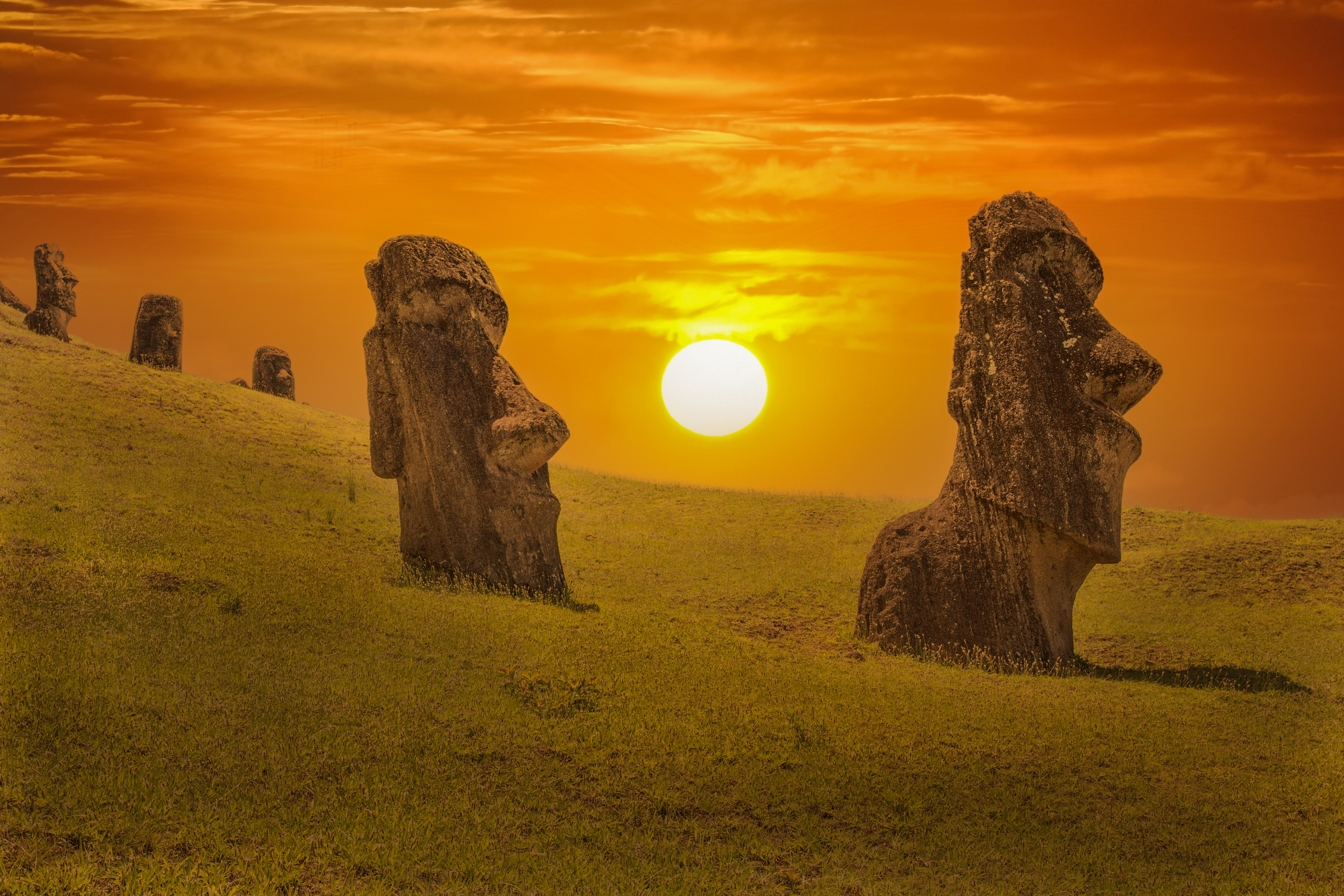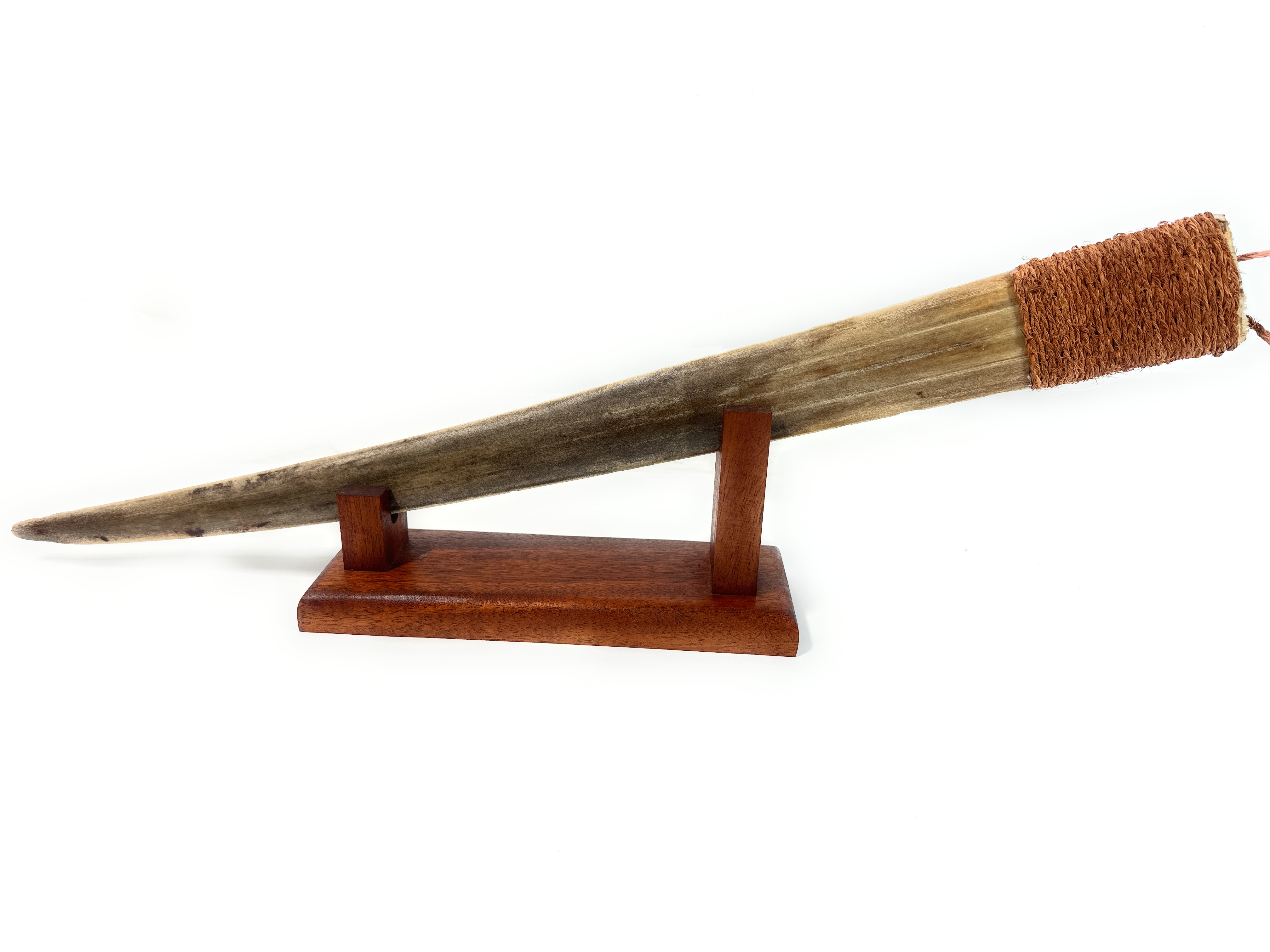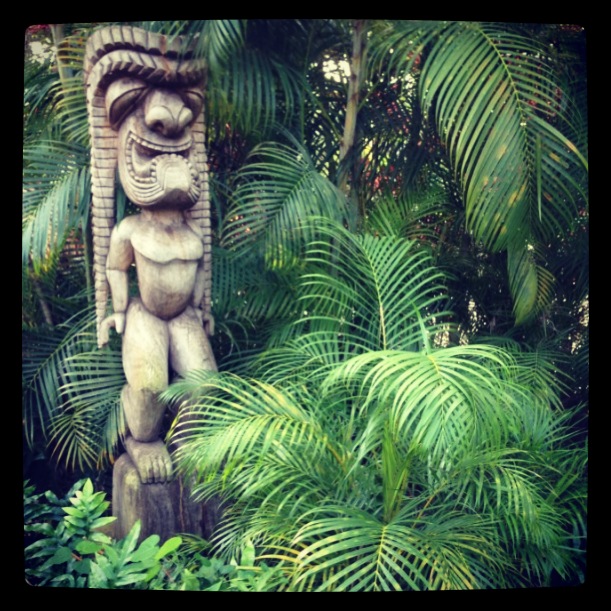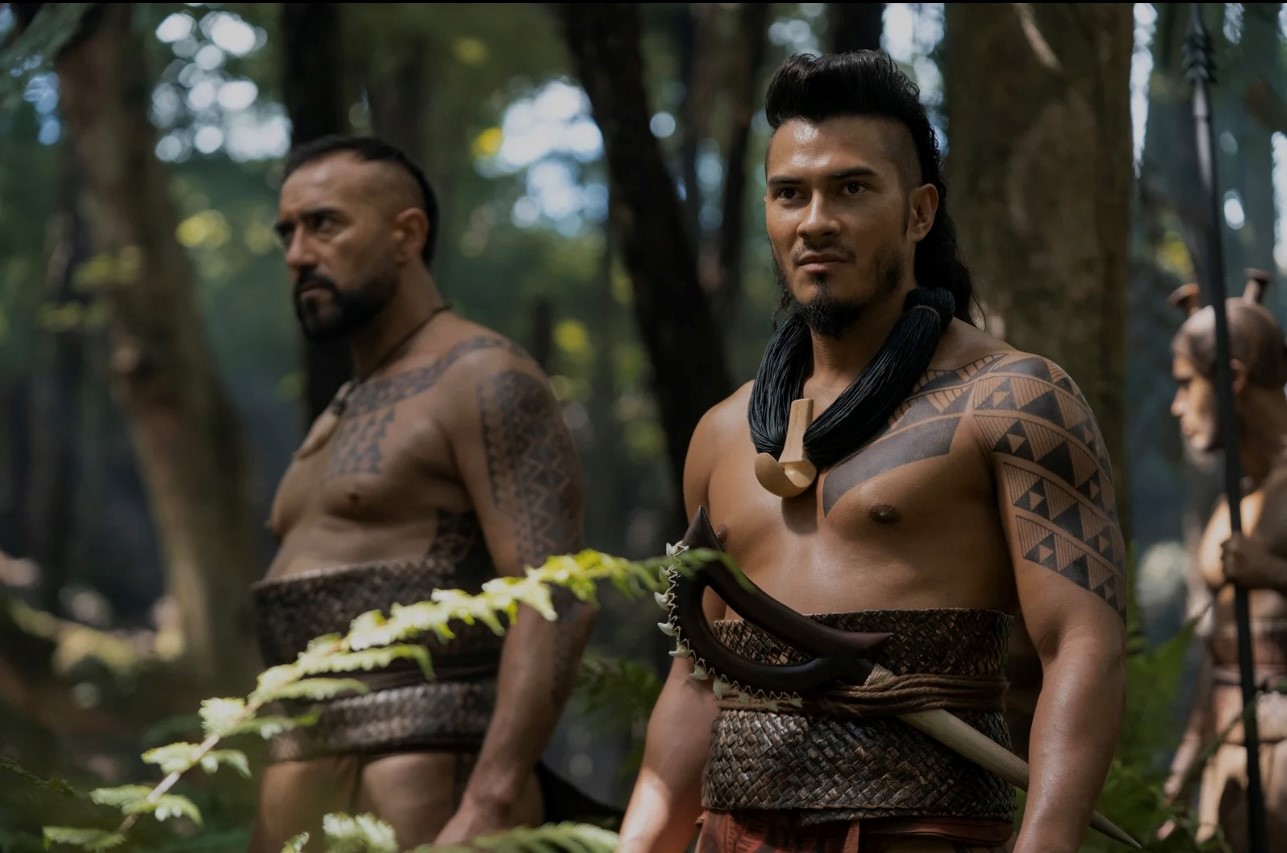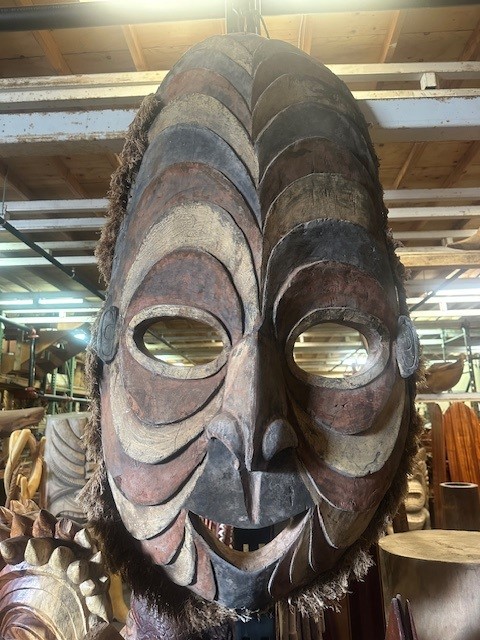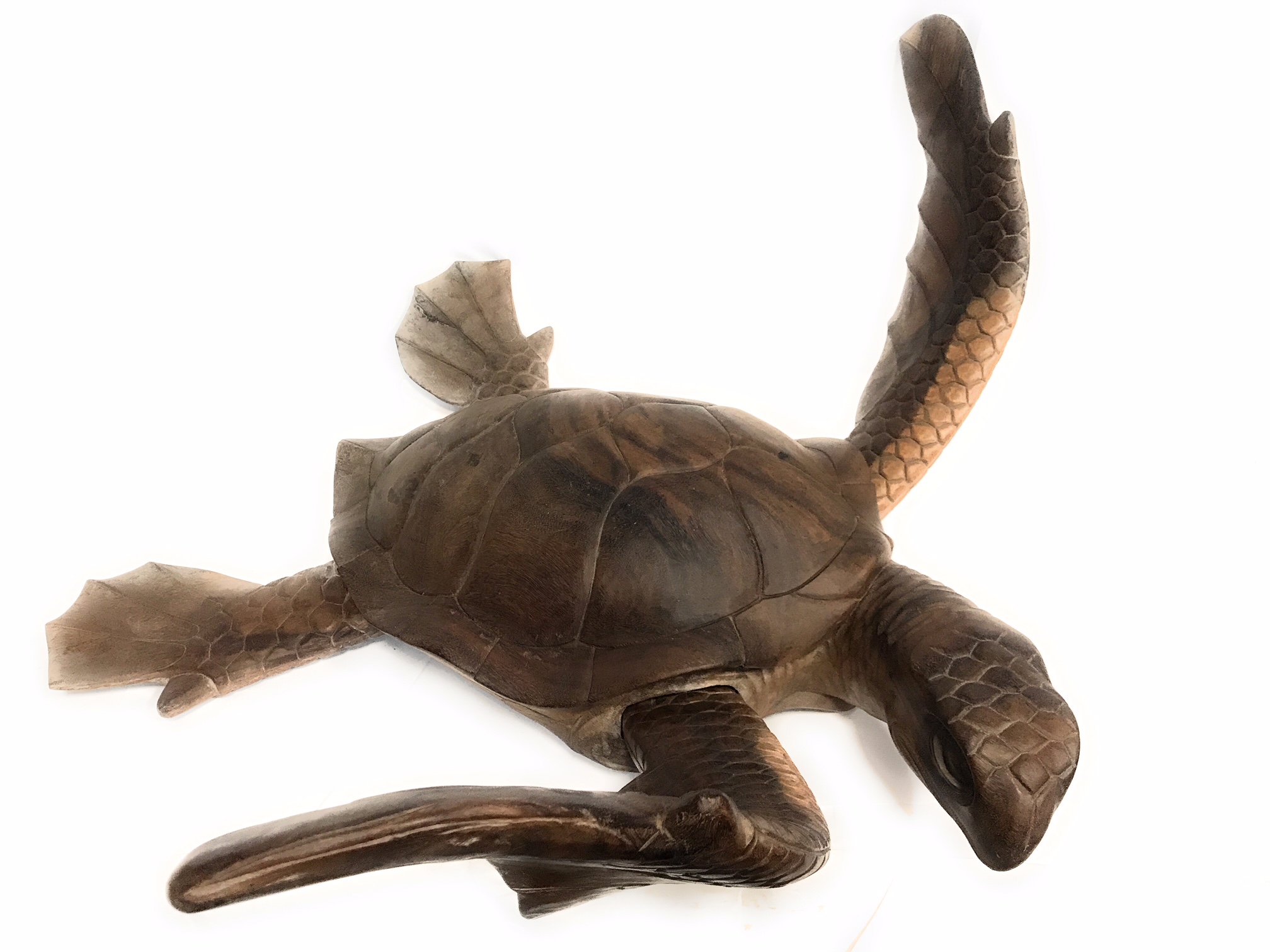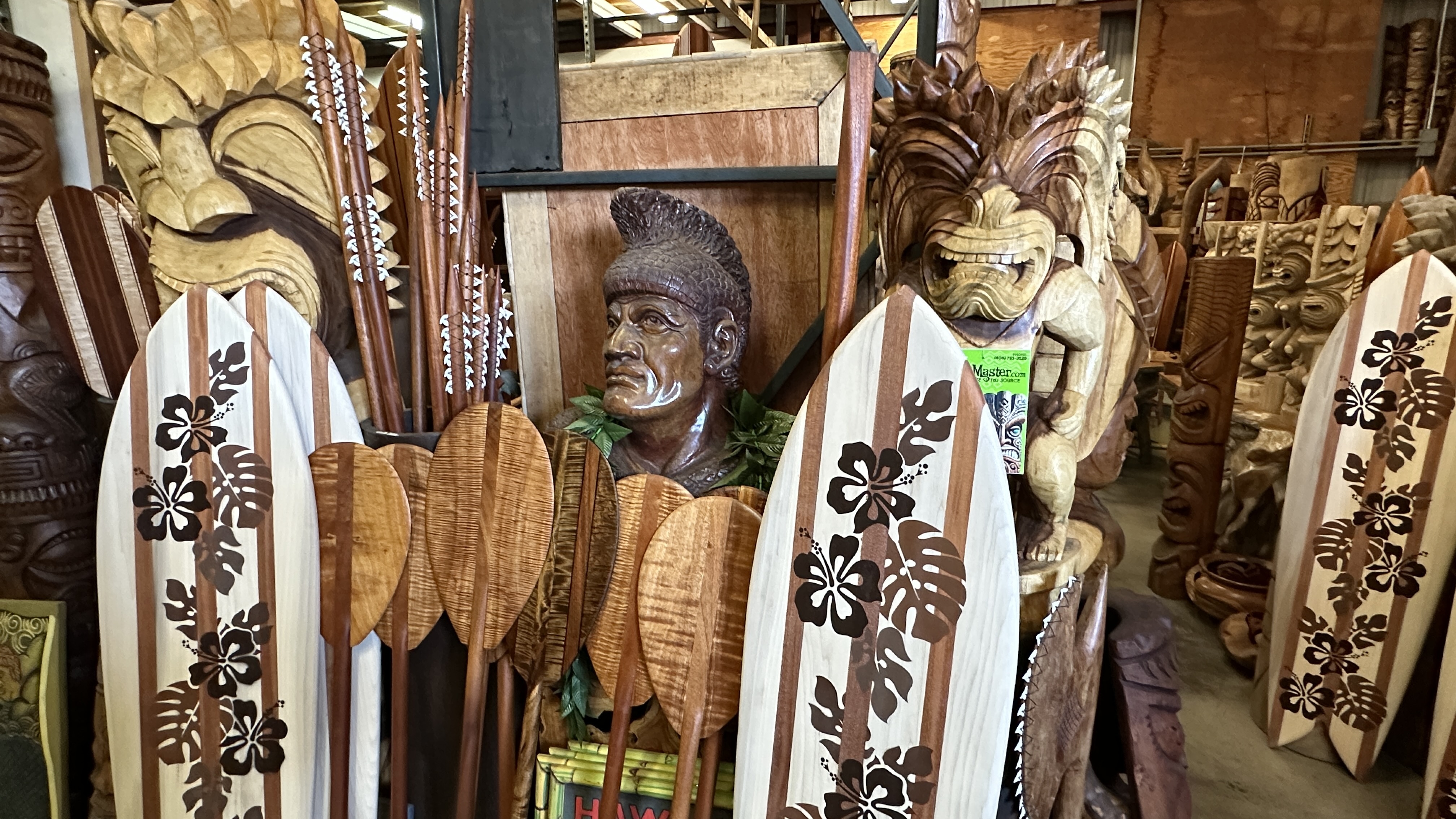Unveiling the Mysteries of Easter Island Tiki
Easter Island, also known as Rapa Nui, is a remote island located in the Pacific Ocean. Its iconic stone statues, known as Moai statue, scatter throughout the island, making it famous. These statues, with their distinctive features and mysterious origins, have captured the imagination of people all over the world. This article discuss about the Easter Island carving Tiki's history, importance, and the mysteries surrounding these statues.
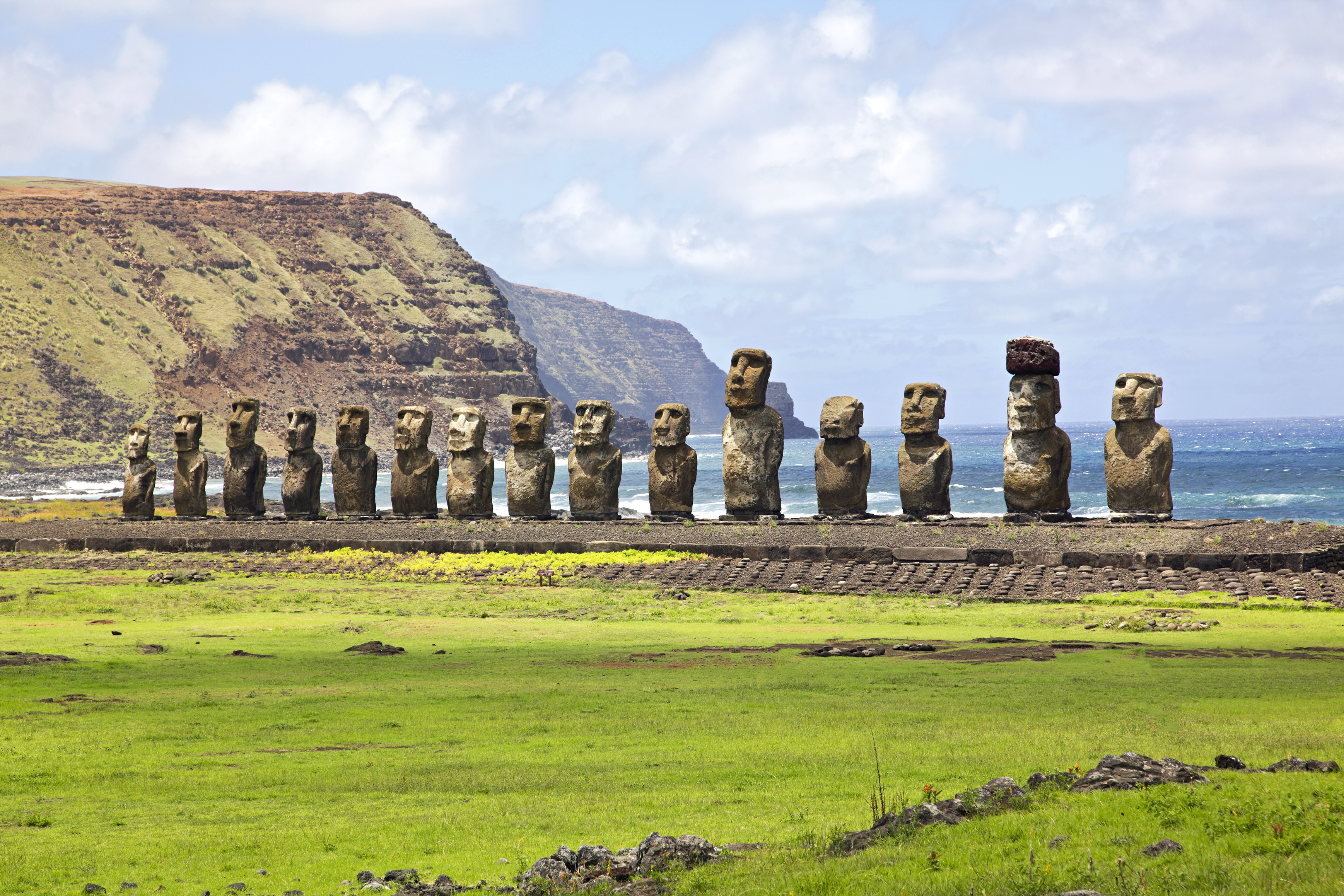
The Origins of Tiki
The word "tiki" refers to a Polynesian deity or a carved figure representing a god. The Polynesian people on Easter Island believed that the statues were their ancestors. They used the statues to communicate with the gods on many islands in the South Pacific and Polynesia. People made Tiki statues from volcanic rock in the rapa nui culture and thought they had special powers and some used palm trees.
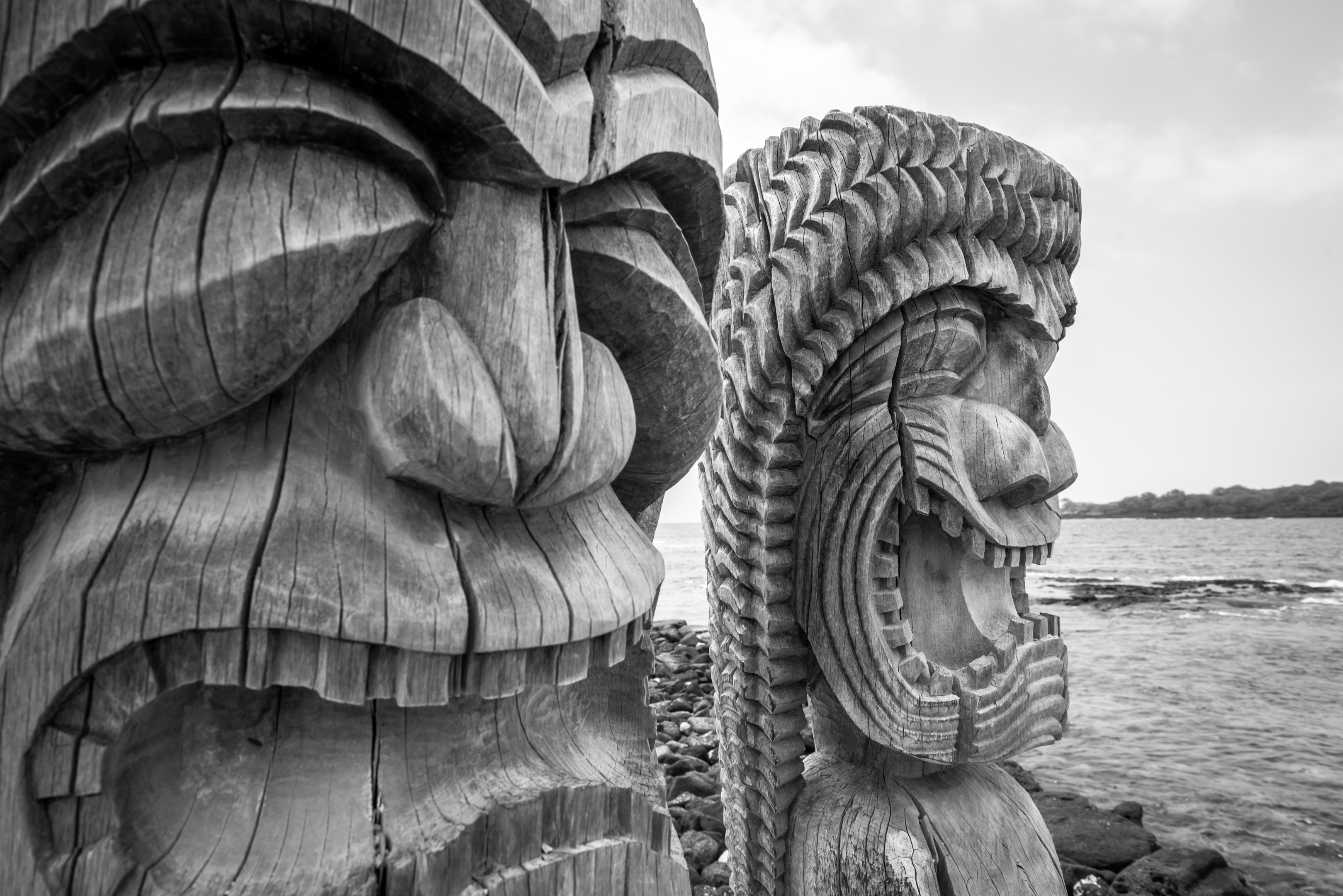
Who Discovered the first Moai Tiki?
The first Moai Tiki carving discovery on Easter Island remains shrouded in mystery. Some think the Dutch explorer Jacob Roggeveen saw the statues first in 1722, but there is no clear answer. Roggeveen found Easter Island while searching for Terra Australis during his voyage on Easter Sunday.
When Roggeveen and his crew first set foot on the island, they were astounded by the sight of the towering Moai statues. Tall statues, some 33 feet high and extremely heavy, stood proudly by the coast, looking towards the huge Pacific Ocean. The explorers were amazed by the huge size and skill of the statues, which had a mysterious feeling.
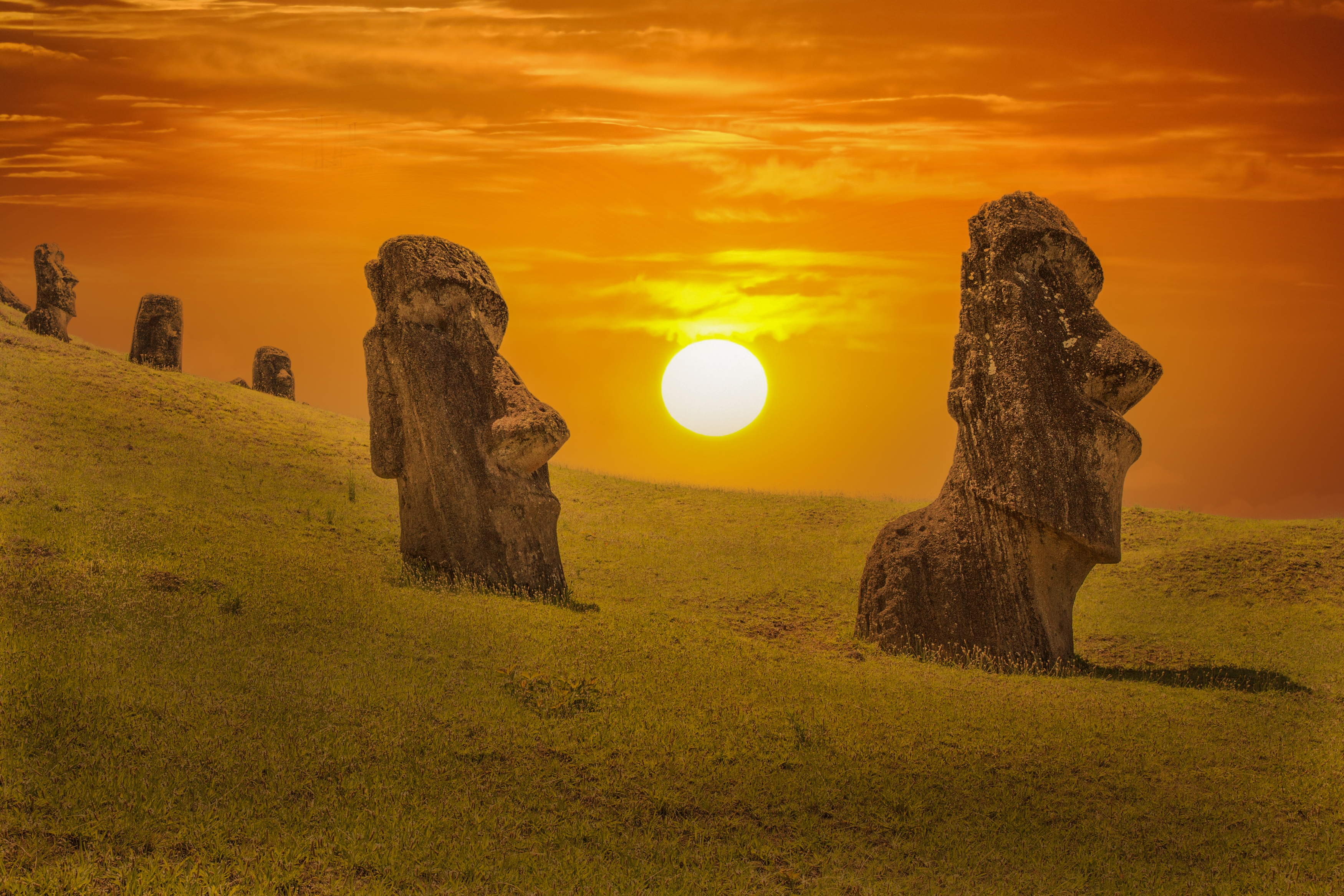
The Rapa Nui people lived on Easter Island for a long time before Roggeveen came. They had already established a rich cultural tradition centered around the creation and worship of the Moai Tiki. The Rapa Nui thought the statues were not just ancestors' representations, but also tools to talk to the gods.
The exact methods used to carve and transport these colossal statues remain a subject of debate. The Rapa Nui people used stone tools, ropes, and sledges to shape and move the Moai statues. They employed similar techniques to the Egyptians who built the pyramids.
They pondered how they could move such massive statues toping over 30 feet high without heavy equipment. They would transport them from the quarry to their final spots. Some suggest that rocking moved the statues, while a few think aliens helped.
Regardless of the method, the construction of the Moai Tiki was a monumental feat of engineering and artistic skill. The sculptors carefully carved each statue with intricate facial features, representing the unique characteristics of the Rapa Nui people. After transporting the statues over long distances, we moved them to ahu platforms on the island.
The Rapa Nui civilization had problems like cutting down too many trees and using up resources. This made them stop making statues and leave many unfinished Moai. The culture declined, leaving mysterious statues that still captivate people worldwide.
Today, the Moai Tiki on Easter Island show the cleverness and imagination of the Rapa Nui people.
The Mystery of the Moai
The most famous and recognizable Tiki statues on Easter Island are the Moai carving. These statues have large heads, elongated ears, and solemn expressions.
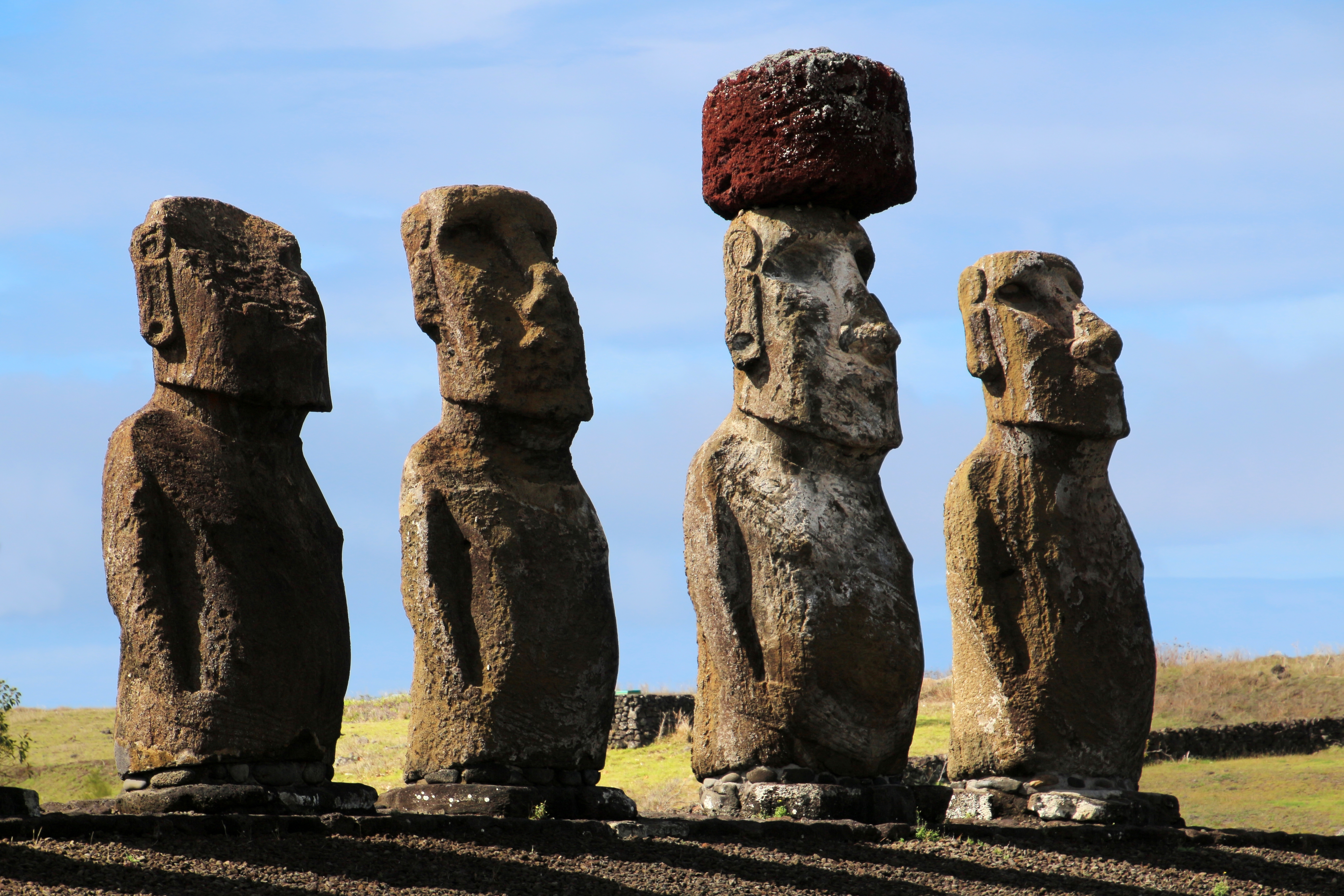
People are most intrigued by how they transported and erected the Moai, the biggest mystery surrounding them. They moved some of these statues, weighing up to 80 tons, from the quarry to their final locations, sometimes several miles away. The exact methods used by the ancient Polynesians to move these massive statues remain a mystery to this day.
The Decline of Tiki Culture
The tiki culture on Easter Island declined in the 18th century because of more people, less trees, and diseases. These elements led to the collapse of the civilization. The island's populace expanded excessively, putting pressure on resources and resulting in tree . Moreover, illnesses introduced by Europeans further drained the inhabitants and disturbed their lifestyle..
Consequently, the decline of Tiki culture was a result of these factors connected. This led to a decline in the production of Tiki statues and the abandonment of many of the island's sacred sites. Today, there are only a few hundred Moai remaining on the island. Experts are fixing and protecting many of them completely.
The Revival of Tiki Culture
Recently, more people are becoming interested in Tiki culture and adding Tiki elements to their homes and businesses. Tiki bars are enjoyable spots to relax and enjoy fruity drinks like Mai Tai or the Rapa Nui Easter Island fusion.
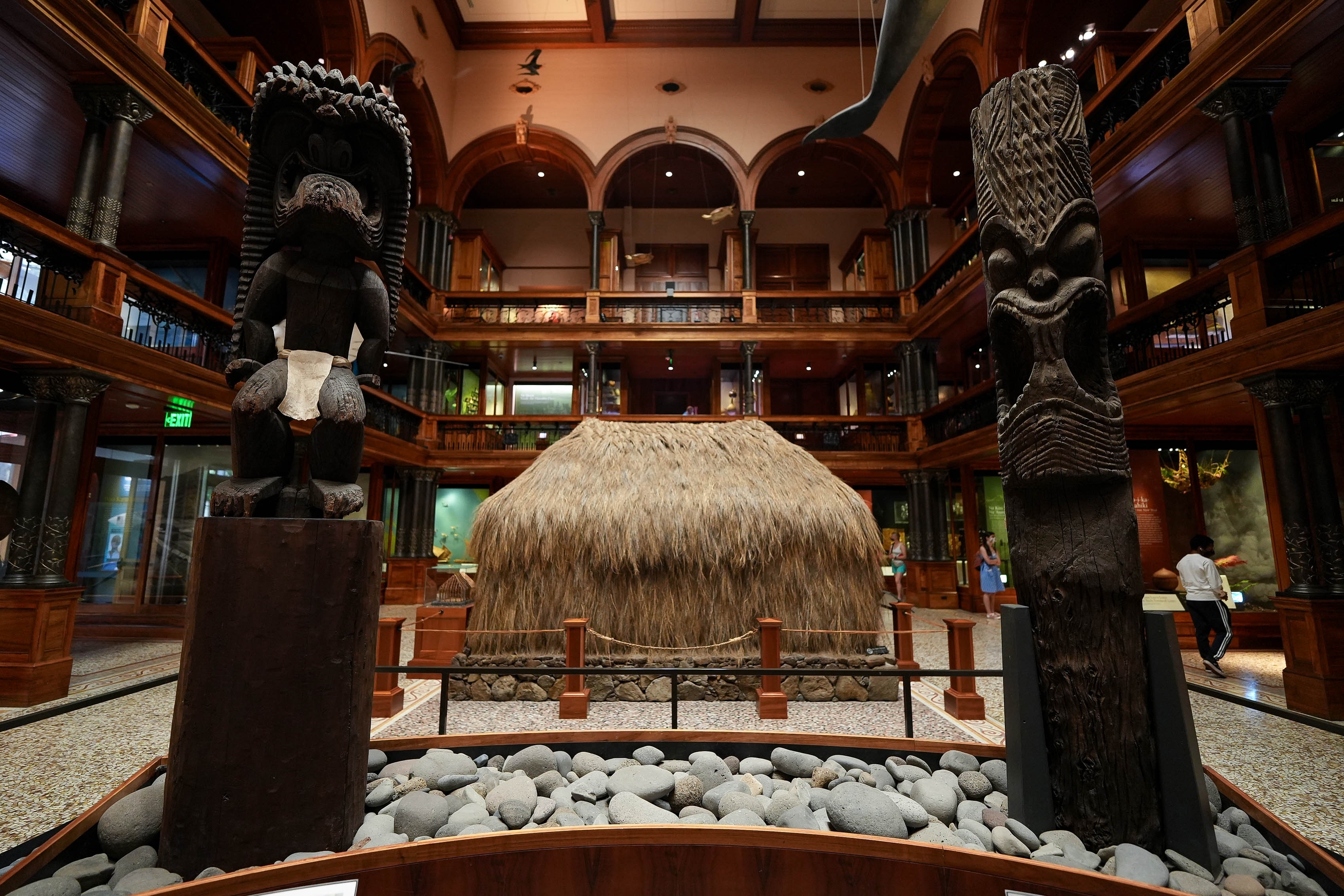
Bartenders could potentially have some knowledge about the history of Easter Island and are skilled at creating tasty cocktails. Mugs that resemble the Moai tiki sculpture serve certain beverages. The Moai face is a common sight there. Tiki statues are famous for their unique patterns and are a symbol of Polynesian art and tradition.
The Legacy of Tiki
The Tiki statues of Easter Island continue to fascinate and intrigue people from all over the world. They remind us of Polynesian history, culture, and their spiritual connection to the world. Tiki statues warn us about using too much and remind us to protect our natural resources.
Trader Vic's Tiki Bar began in the 1930s. Victor J. Bergeron, also known as Trader Vic, started it. He opened his restaurant in Oakland, California.
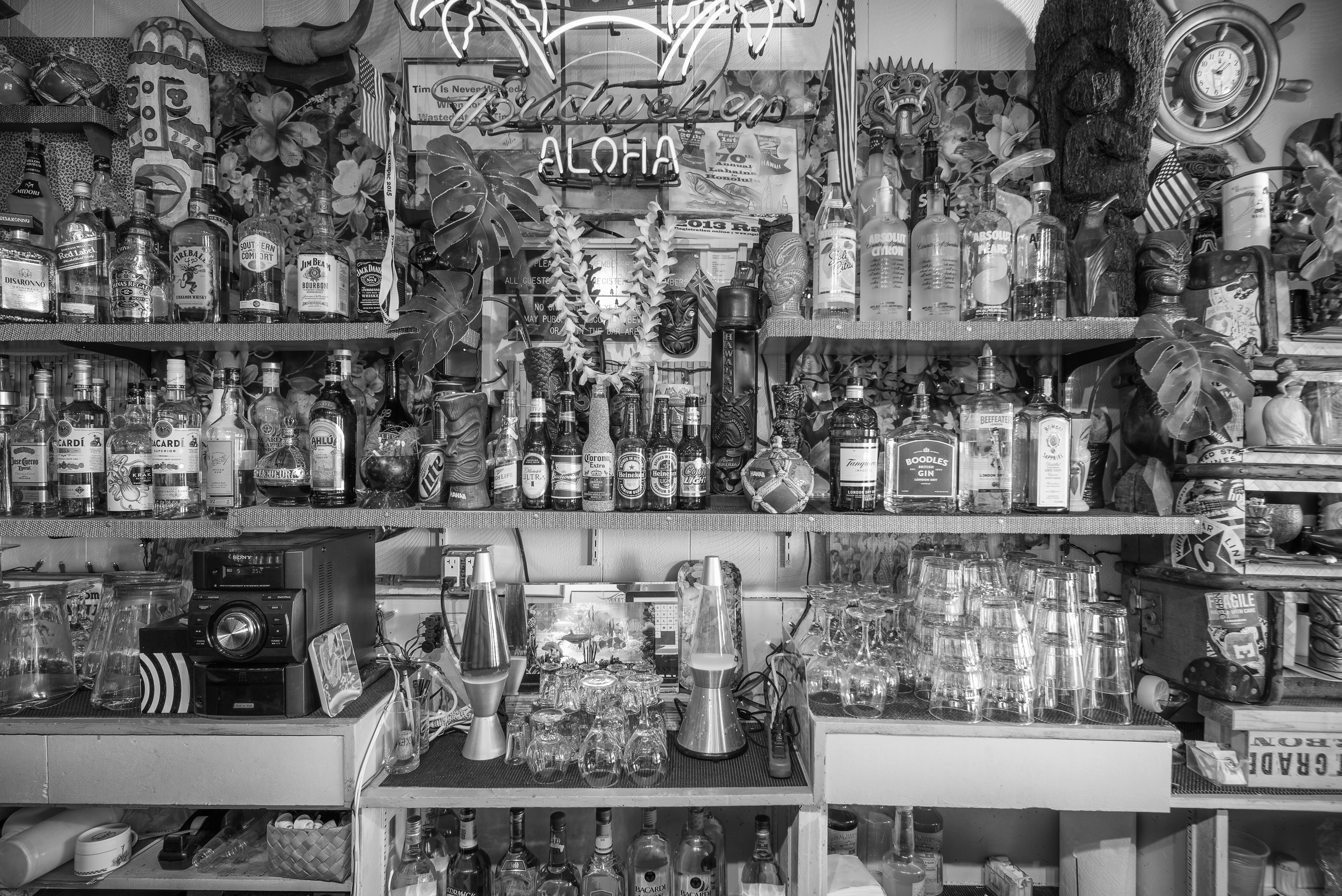
Vic wanted to create a unique dining experience. He wanted to transport guests to a beautiful tropical place. His travels in the South Pacific inspired this idea.
The original Trader Vic's was a small restaurant. It had a Polynesian style, which included a roof made of thatched material, bamboo furniture, and traditional objects. This marked the beginning of the tiki fad..
The menu offered a variety of Asian and Pacific Island cuisine. It included popular dishes such as the famous Mai Tai cocktail and Chinese wood-fired oven-roasted duck.
Trader Vic's became popular and opened many locations worldwide because of its unique concept and tasty food. In the 1950s, Trader Vic's Tiki Bars were in larger cities like San Francisco, Los Angeles, and New York.
Trader Vic's Tiki Bars succeed because of their special atmosphere, designed to take guests to a tropical paradise. The bars featured bamboo walls, palm frond decorations, and carved Tiki statues, creating an immersive and exotic atmosphere. Friendly staff dressed in Polynesian attire greeted patrons, further enhancing the experience.
In addition to the captivating environment, Trader Vic's Tiki Bars also offered a wide selection of tropical cocktails. Trader Vic himself invented the Mai Tai, which became the bar's signature drink and patrons still enjoy to this day. Other popular concoctions included the Zombie, Navy Grog, and Scorpion Bowl, all served in specially crafted Tiki mugs.
Trader Vic's Tiki Bars gained a reputation for their vibrant and lively entertainment. Polynesian dancers, fire eaters, and live bands performed regularly to create an immersive and memorable experience for guests. Both locals and tourists loved Trader Vic's Tiki Bars for their tasty food, unique drinks, and fun entertainment.
Tiki culture lost popularity, but Trader Vic's Tiki Bars remained successful, representing nostalgia and escapism. Today, you can still find Trader Vic's Tiki Bars in some places. They remind us of the Tiki culture's golden age and the lasting charm of Trader Vic's vision.
Conclusion
The Easter Island Tiki is still a mysterious symbol, with unknown origins and purpose. As we explore the hidden wonders of this faraway island, the Tiki statues will keep fascinating and motivating us. Easter Island and its Tiki statues will impress you if you like history, art, or want a special place to visit.






